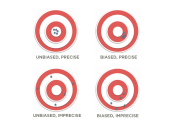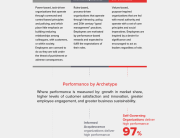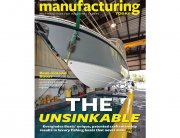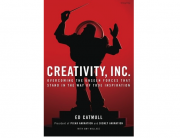Like many tortured souls in my line of work, I frequently enter places of business and during whatever wait there is, reimagine different elements of the operation from the layout and processes, to the product array, delivery mechanism and related possible revenue streams that would improve the customer experience, culture and / or profit.
This activity comes as second nature to me and so I can run through scenarios quickly. But this is also because I don’t conceive of huge systematic changes while I wait. One, because I don’t have that much time or access in those few minutes to dig into the business model or company financials, but also because even seemingly small changes to process, can have a halo effect on performance.
Take for example, a small detail in Starbucks’ standard work process – the black horizontal lines that mark the plastic cups used for iced beverages. These lines tell the barristas how much of each ingredient to add to fulfill the order. These markings protect quality, eliminate guess work for the barrista and keeps error related cost down, improves the rate and success of onboarding which leads to stronger teams and ensures the delivery of a product whose constitution and lead time is more often than not in line with the expectations of the customer. Not to mention the healthy profit that results.
Isn’t that what we all want our businesses to be able to achieve? And to think, all of that performance goodness is derived from THREE LITTLE LINES. But – and this is the lesson – those lines were created with the needs of the customer and plight of the barrista in mind. Their function aligns to the business’ overarching goals and their existence help to fulfill the company’s values.
Would such an impactful measure have been created in the name of cost cutting alone? I don’t think so. Even if a similar measure would have developed, the spirit of it and adherence to it would be different. The attitudes around it would be less enthusiastic, because the value would feel more one sided.
So, to recap. If you’re thinking about how to approach implementing change at your organization, consider the following:
1. Its okay to start small. Quick wins buy you time to build confidence among your team leading to the buy in that can have a big impact on the business beyond operational goals…. IF…
2. The changes you implement are beneficial to the customer and employee…..AND
3. Those changes are aligned with the organization’s purpose, values and performance objectives (which means, that these need to be clear and distinctive BEFORE trying to change direction).





































